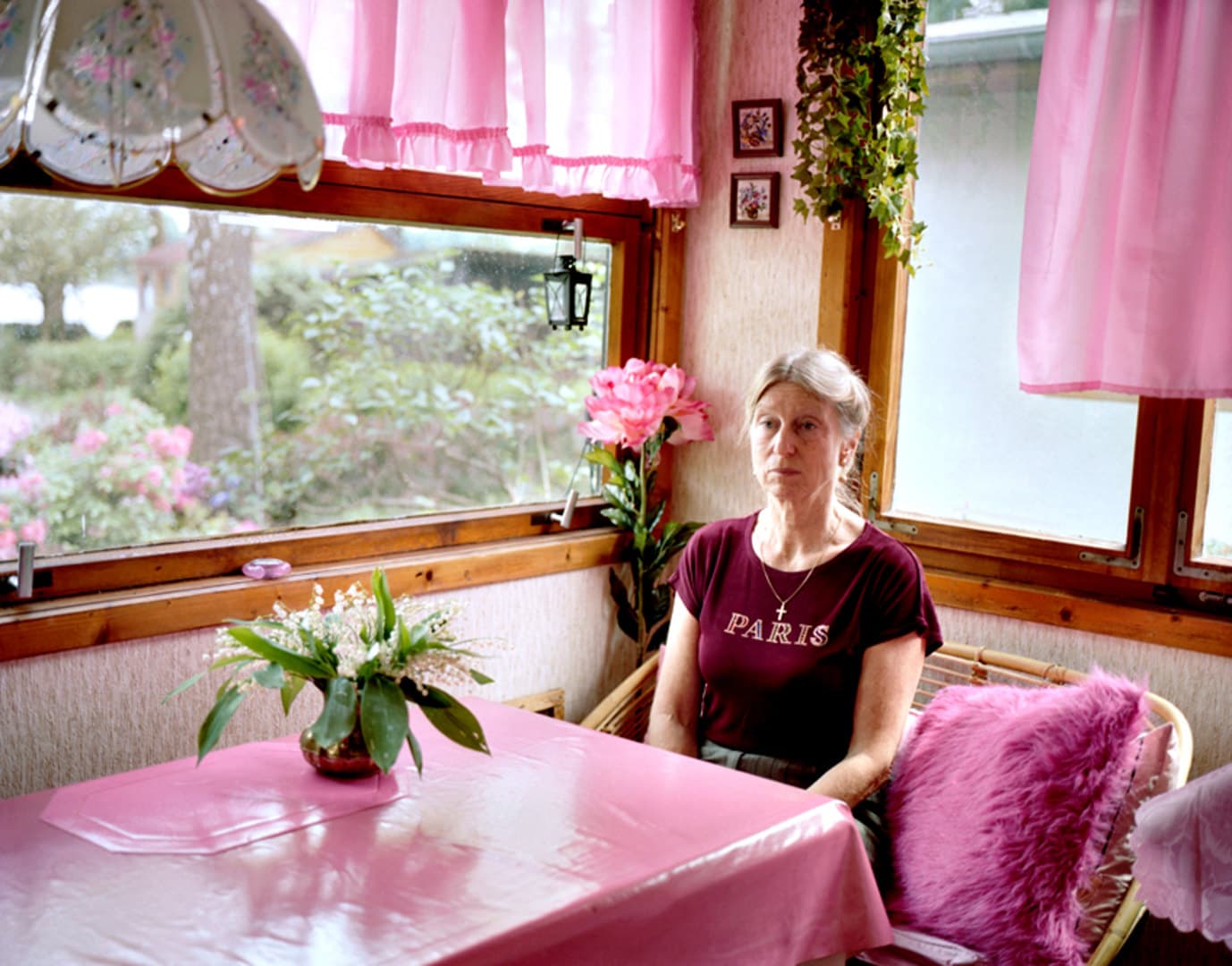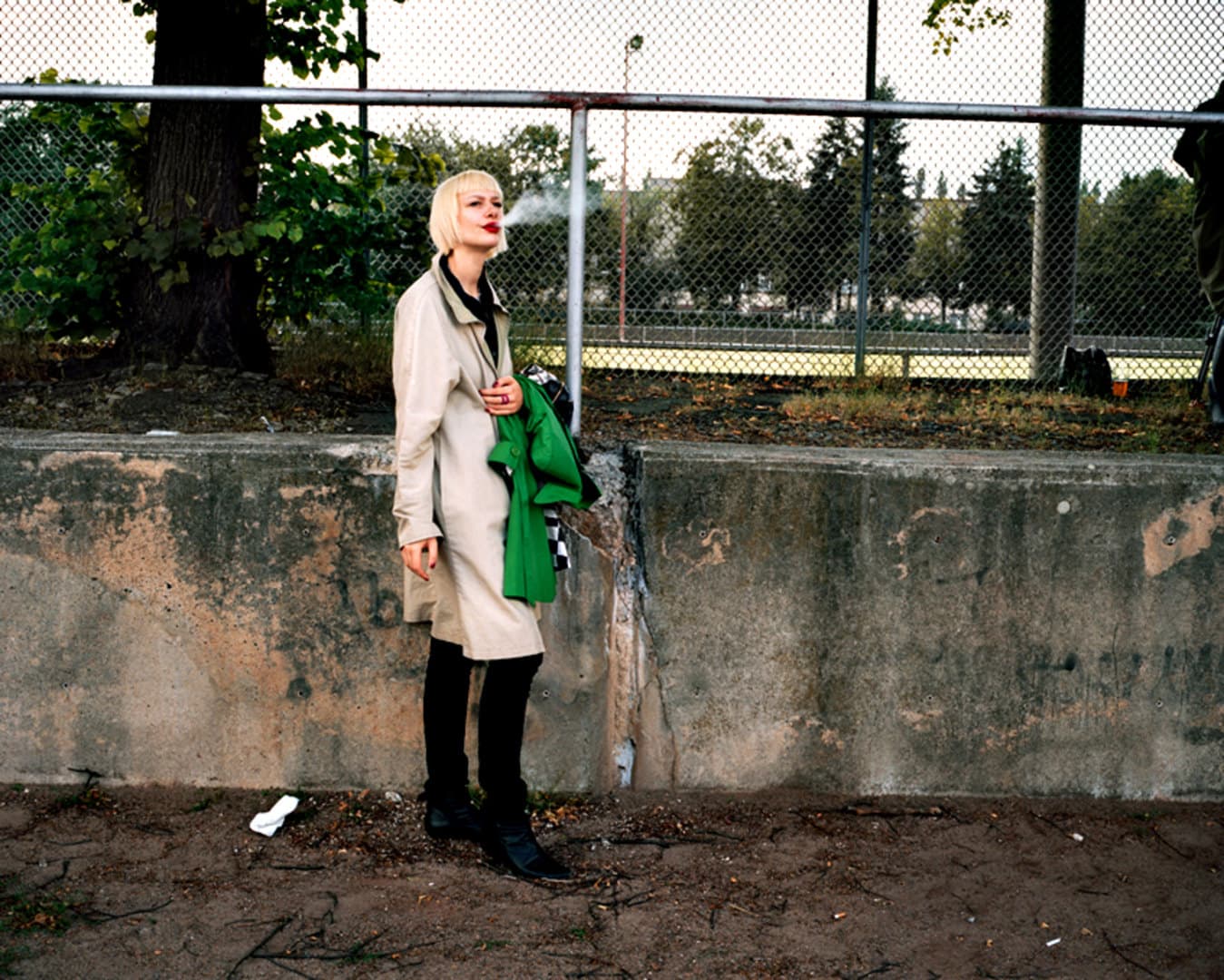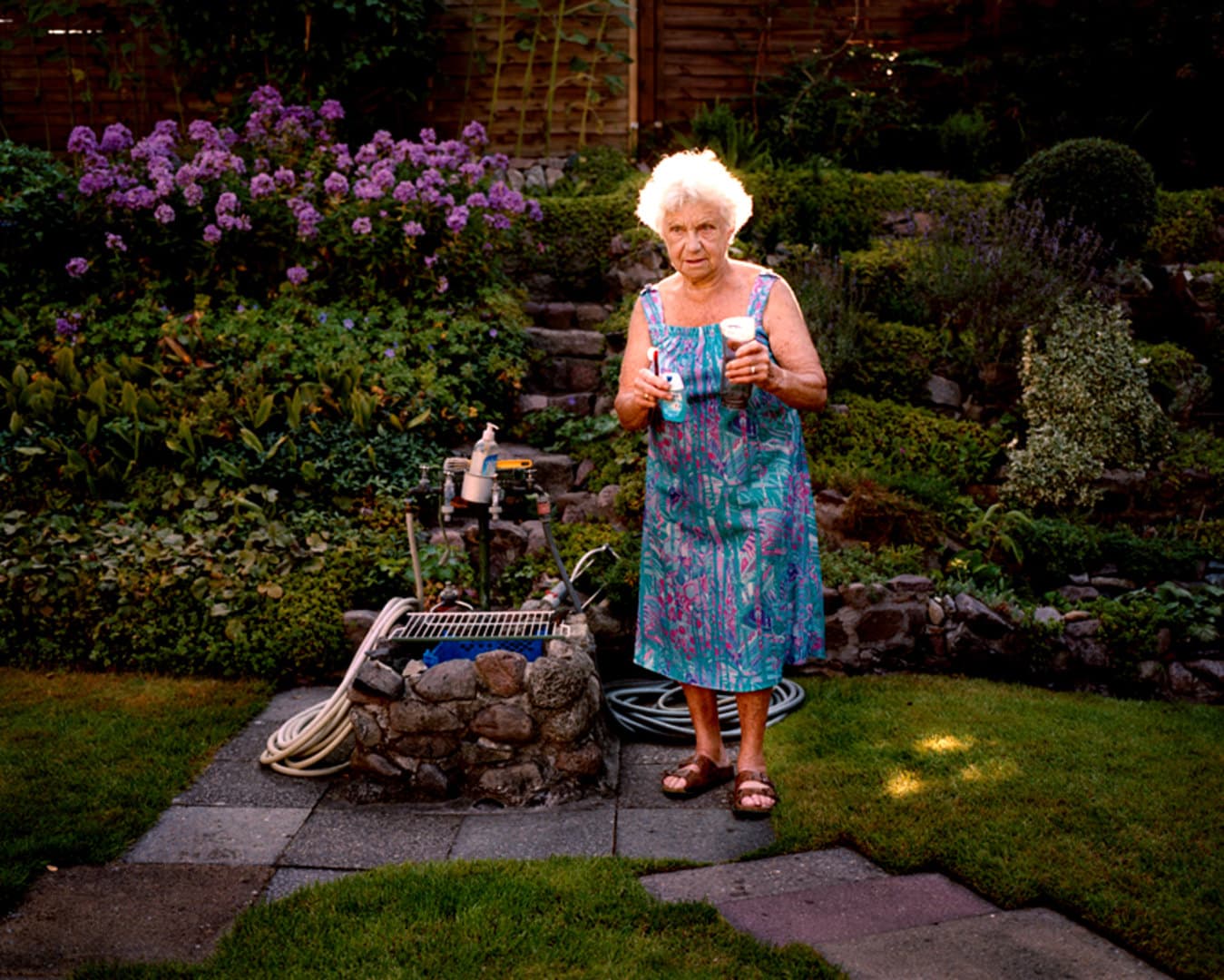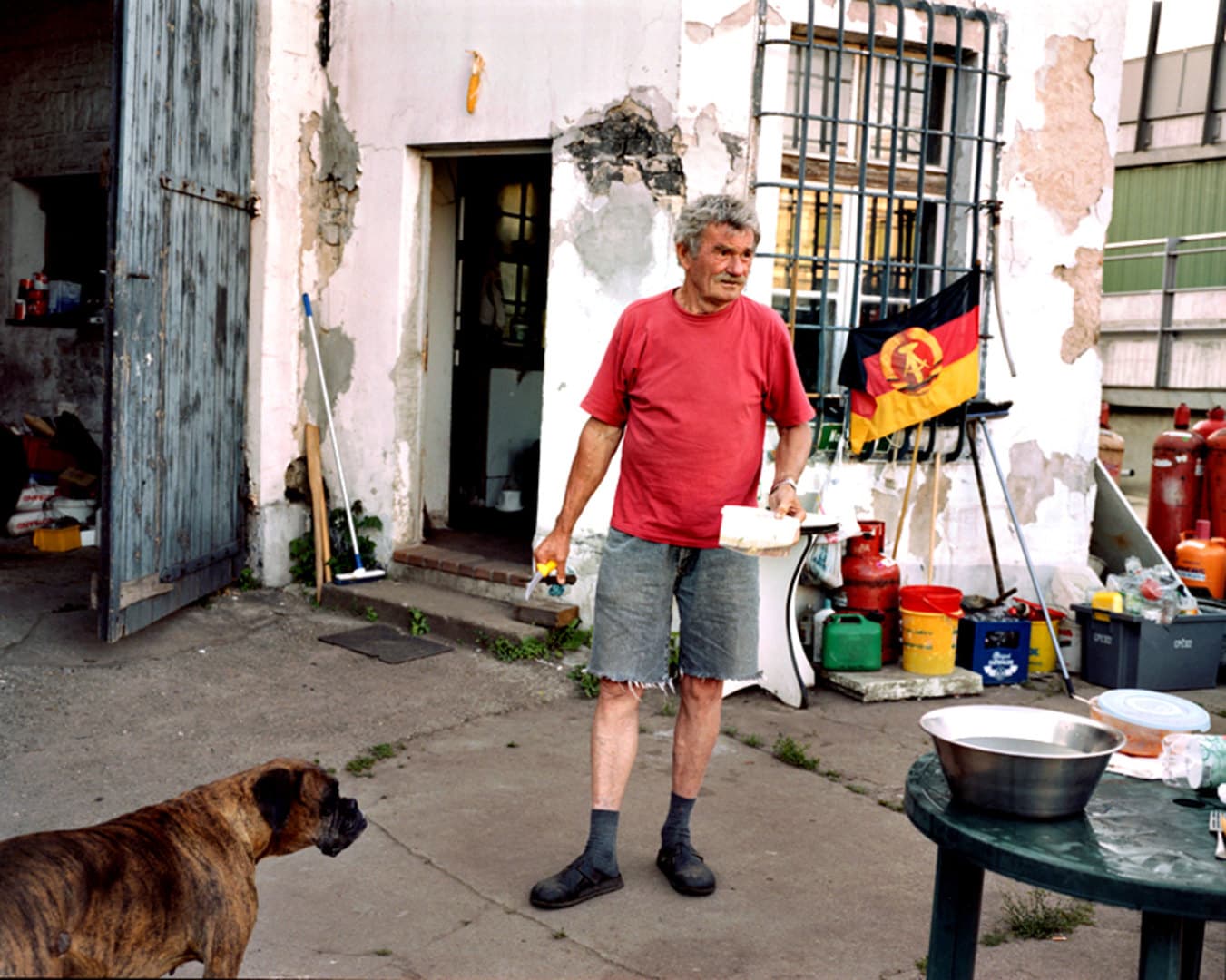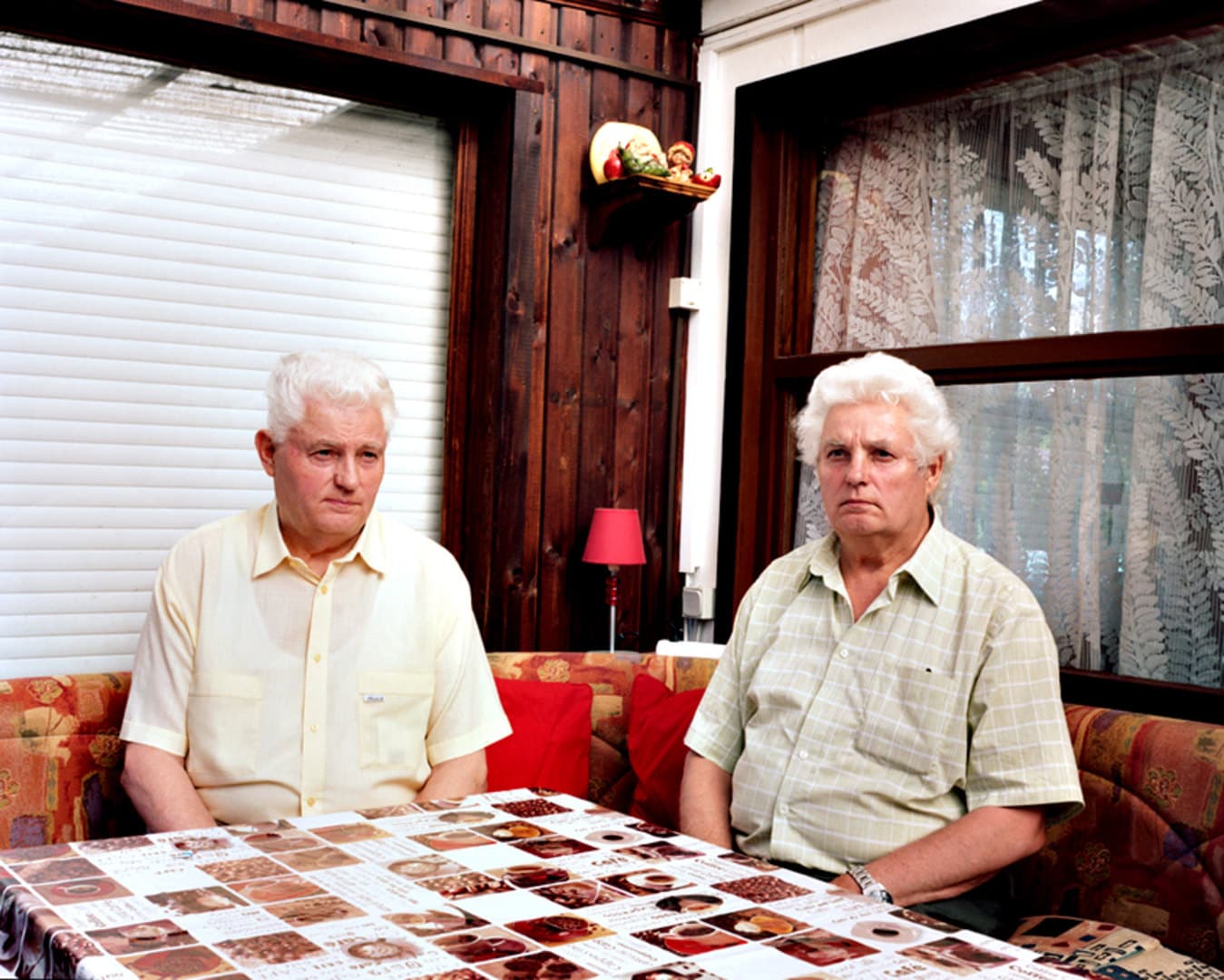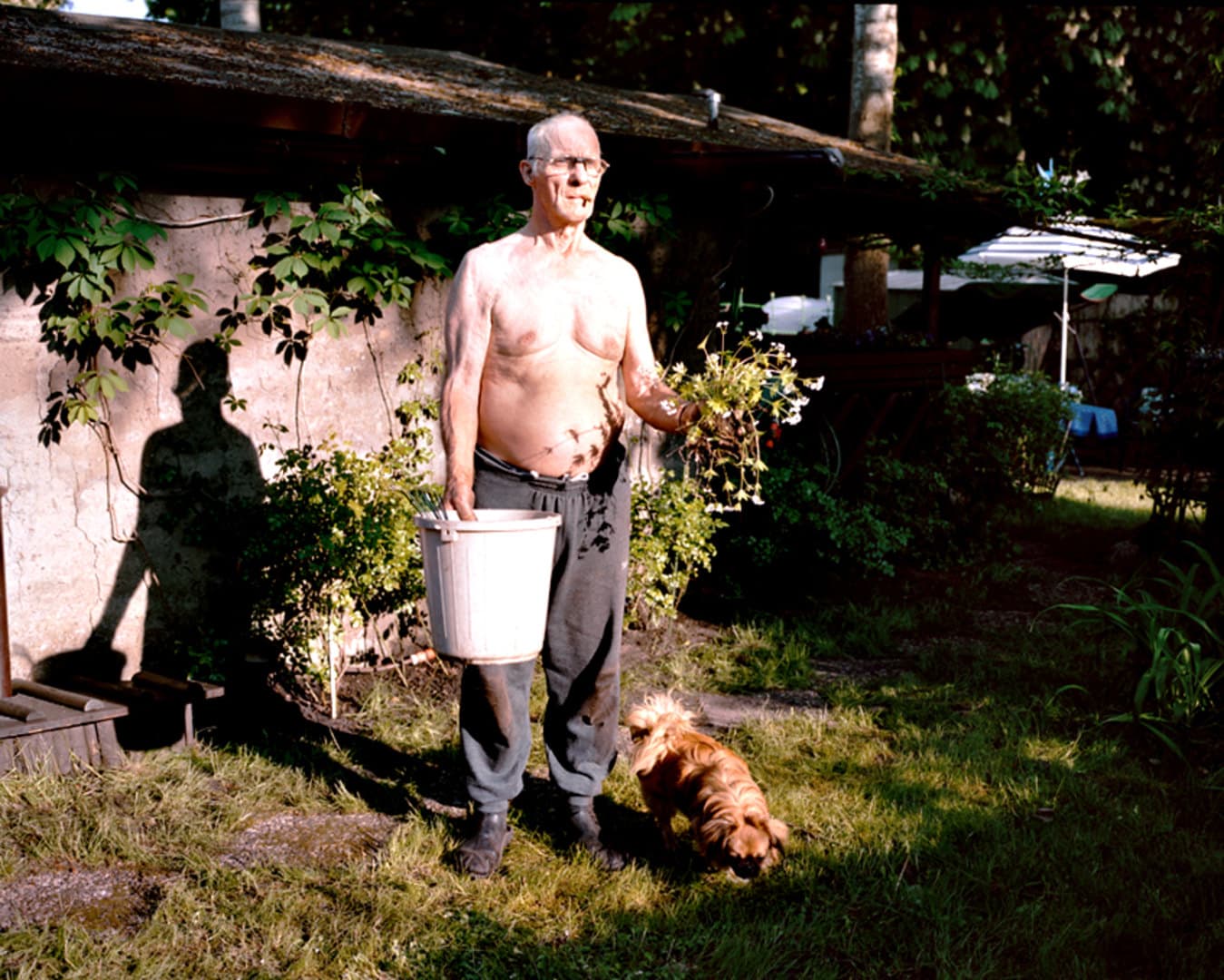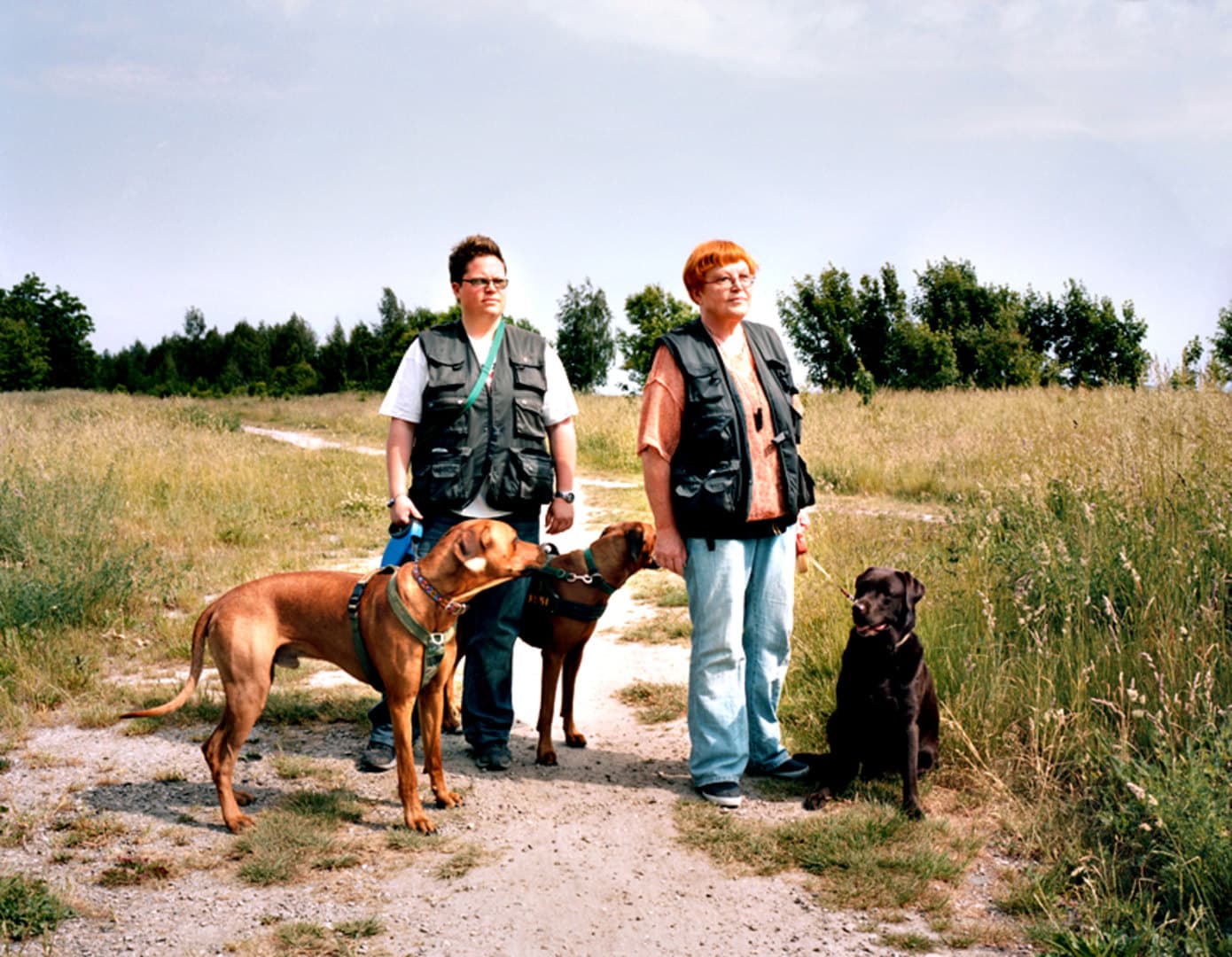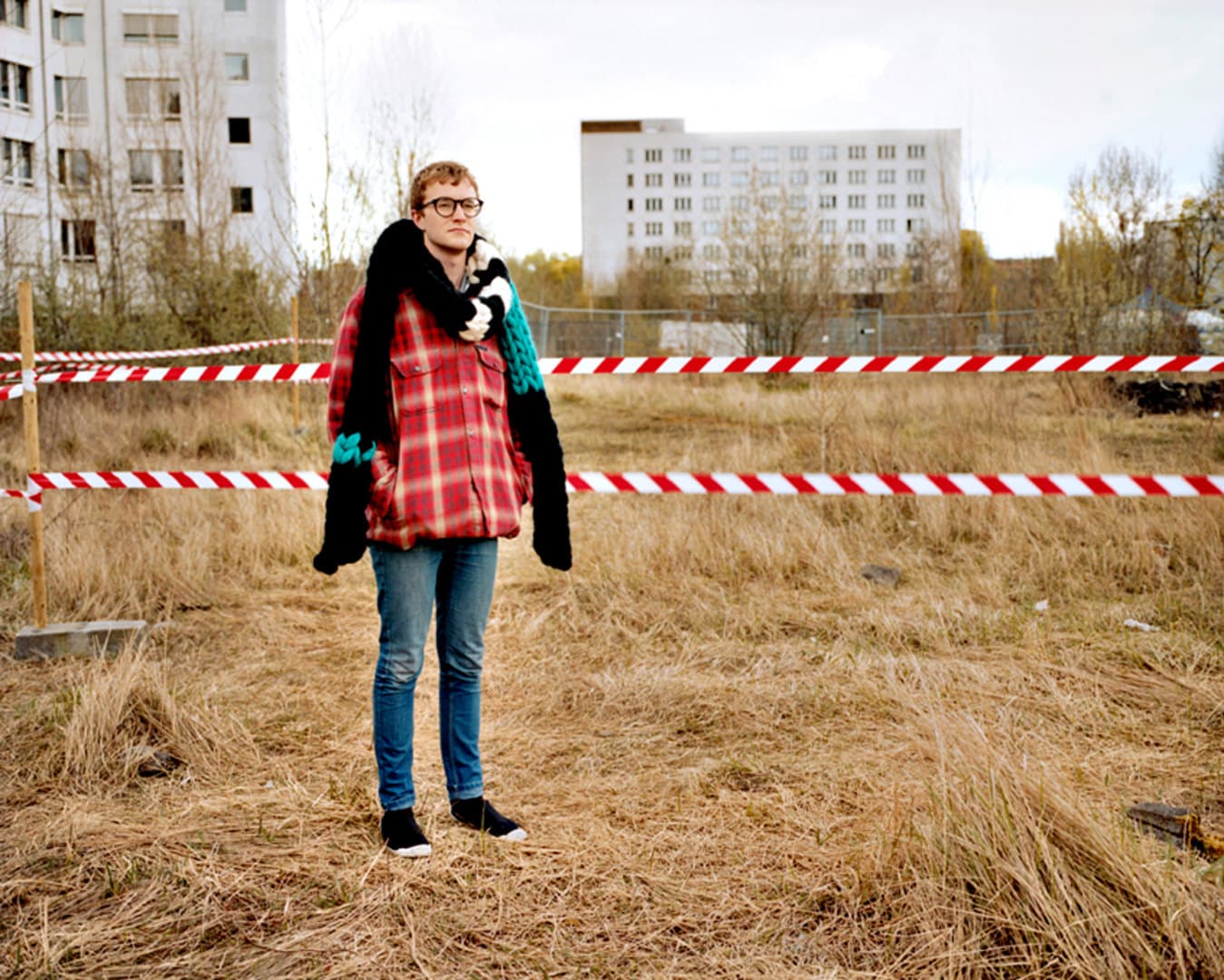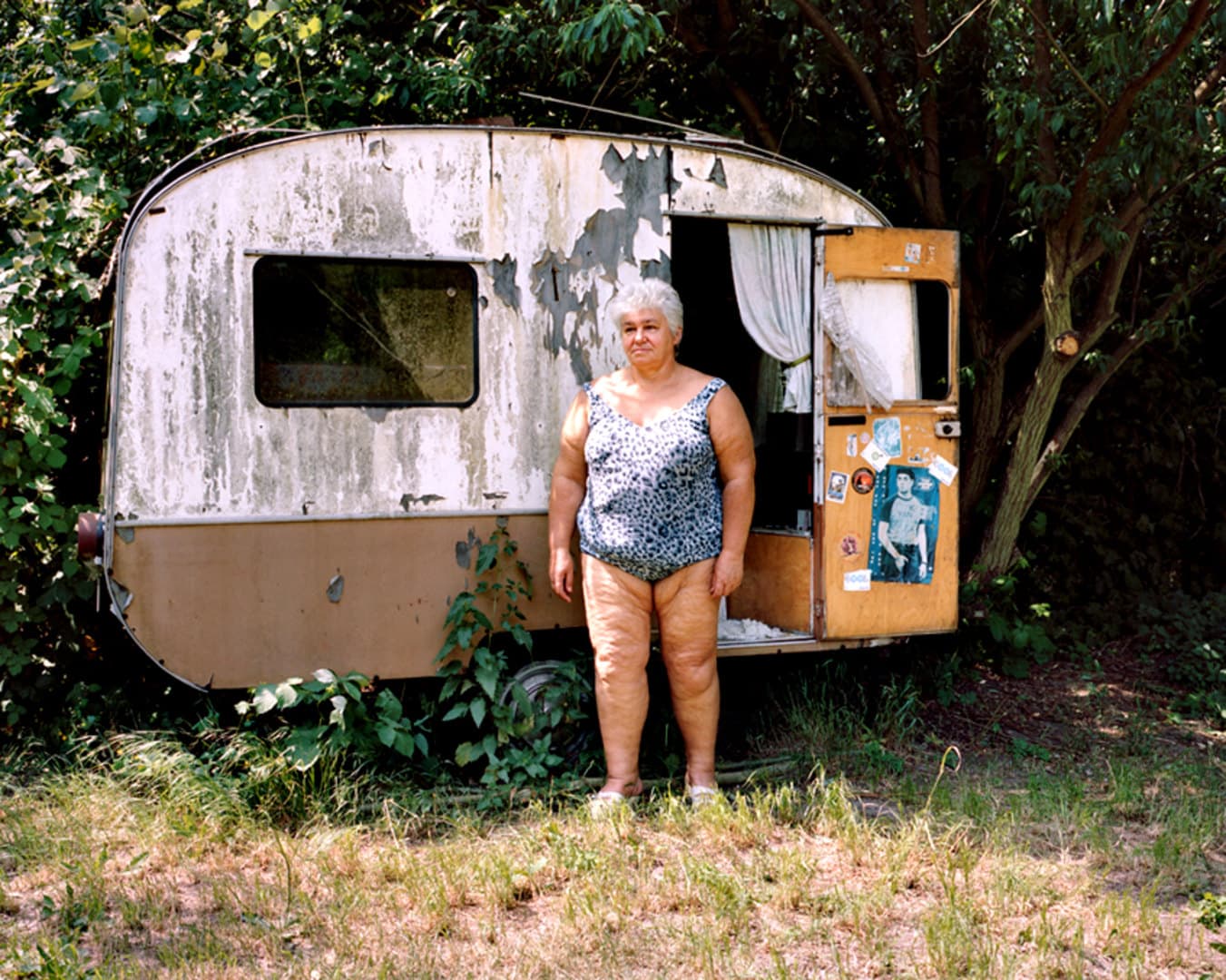160 kilometers of what once was the strip of cleared land on which the Wall stood and which marked the zone subject to a shooting order surround Berlin and run through the city.
20 years after the fall of the Wall there are few traces of what had such a profound impact on the lives of so many people. The Wall was removed, the cleared area built upon or turned into idyllic recreation space and generally taken over by day-to-day life at a swift pace. The scenes and stories experienced there could be seen anywhere. It is as if nothing had happened.
The historical border strip can be accessed from an almost continuous bike path. In the course of a year I explored each section countless times. The invisibility of the death strip, the absurdity of this normality, the forgetfulness of the past were the reasons why I set out on this path. I met people who nowadays have claimed this no-man's-land for themselves without remembering the past, joggers and recreation people, recent newcomers and house owners. However, many old inhabitants who had spent their lives in the immediate vicinity of either the west or the east side of the death strip, still live there. In many places the neighbors, suddenly no longer separated, had connected. But I also found many who still have the Wall in their heads. Other man-made barriers between people around the world have sprung up, and the German story was always too humanly truthful to loose its relevance.

